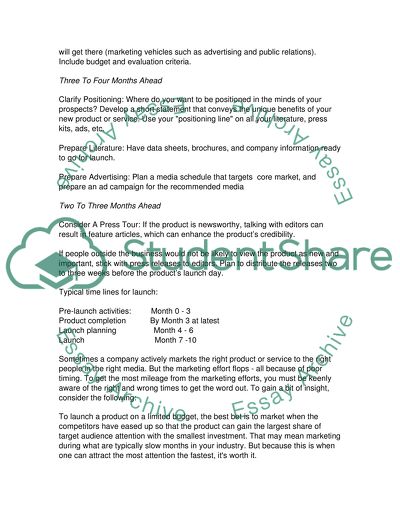Cite this document
(“Launching a New Product A variant of Red Bull Waking a new market Essay”, n.d.)
Launching a New Product A variant of Red Bull Waking a new market Essay. Retrieved from https://studentshare.org/miscellaneous/1518876-launching-a-new-product-a-variant-of-red-bull-waking-a-new-market
Launching a New Product A variant of Red Bull Waking a new market Essay. Retrieved from https://studentshare.org/miscellaneous/1518876-launching-a-new-product-a-variant-of-red-bull-waking-a-new-market
(Launching a New Product A Variant of Red Bull Waking a New Market Essay)
Launching a New Product A Variant of Red Bull Waking a New Market Essay. https://studentshare.org/miscellaneous/1518876-launching-a-new-product-a-variant-of-red-bull-waking-a-new-market.
Launching a New Product A Variant of Red Bull Waking a New Market Essay. https://studentshare.org/miscellaneous/1518876-launching-a-new-product-a-variant-of-red-bull-waking-a-new-market.
“Launching a New Product A Variant of Red Bull Waking a New Market Essay”, n.d. https://studentshare.org/miscellaneous/1518876-launching-a-new-product-a-variant-of-red-bull-waking-a-new-market.


